Table of Contents
Introduction to Creole Seasoning
Creole seasoning is primarily used for seasoning grilled meats and seafood, enhancing soups and stews like gumbo and jambalaya, flavoring roasted vegetables, adding kick to dips and sauces, and seasoning snacks like popcorn. This versatile spice blend brings bold Southern flavors to a variety of dishes.
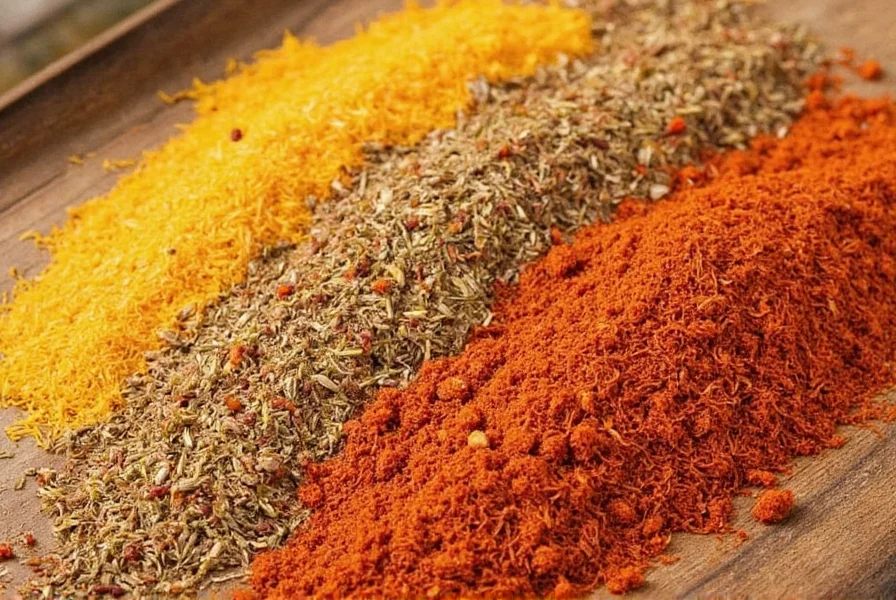
Whether you're grilling seafood, spicing up your favorite gumbo, or adding some zing to your roasted vegetables, creole seasoning can be your go-to ingredient. Let's dive into what makes this seasoning so special and how to use it like a pro.
Key Ingredients in Creole Seasoning
Creole seasoning typically contains a mix of spices that create a unique balance of heat, salt, and savory notes. While the exact composition can vary slightly between brands, here are the most common ingredients:
- Garlic powder
- Onion powder
- Paprika (often smoked)
- Cayenne pepper (for heat)
- Salt
- Black pepper
- Dried thyme
- Dried oregano
- Mustard powder
Some blends may also include cumin, celery seed, or even a touch of sugar to balance the flavors. The key is that each spice plays a role in creating that unmistakable Creole taste.
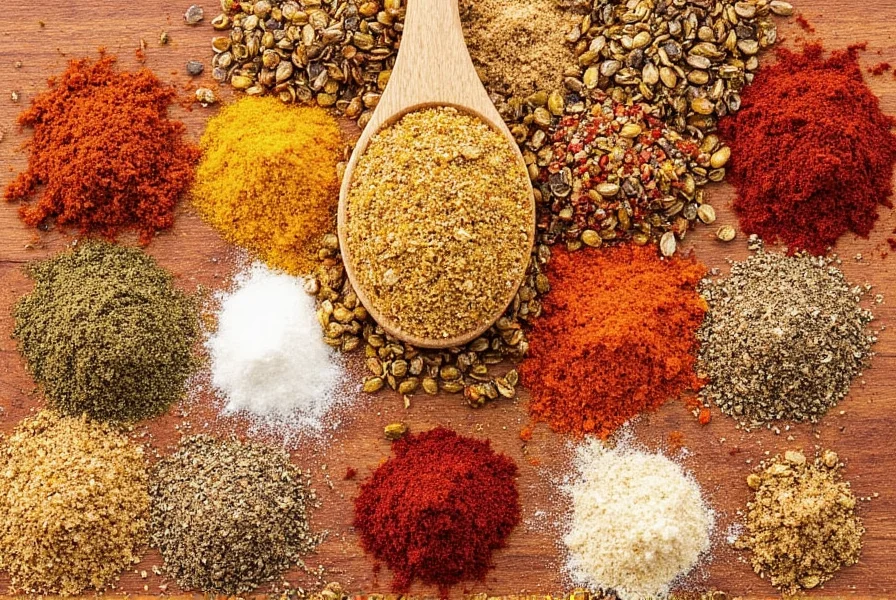
Common Uses of Creole Seasoning
Creole seasoning's versatility makes it ideal for multiple culinary applications. Here are the top five uses:
1. Grilled Meats and Seafood
Creole seasoning is a staple in Southern cooking, especially when it comes to grilled meats and seafood. Whether you're preparing chicken, shrimp, or fish, a generous sprinkle before grilling adds a smoky, spicy kick that takes your dish to the next level.
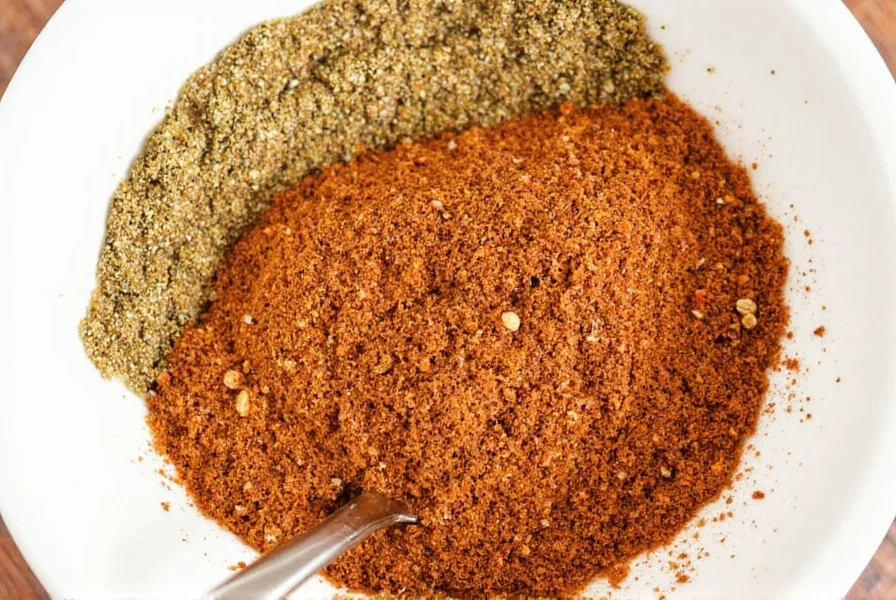
2. Soups and Stews
From gumbo to jambalaya, creole seasoning is a must-have in many classic Southern recipes. It adds depth and complexity to soups and stews, making them more aromatic and satisfying. The blend works well with both meat-based and vegetarian versions.
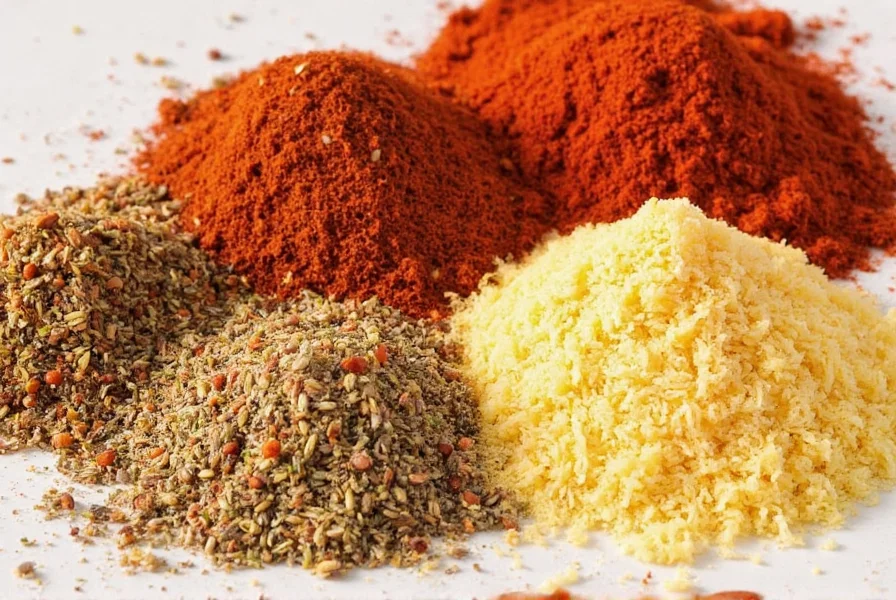
3. Roasted Vegetables
Even veggies can get a little fancy with creole seasoning. Toss your favorite vegetables—like bell peppers, zucchini, or eggplant—with a bit of oil and creole seasoning, then roast them until golden brown. This technique brings out their natural sweetness while adding a layer of flavor.
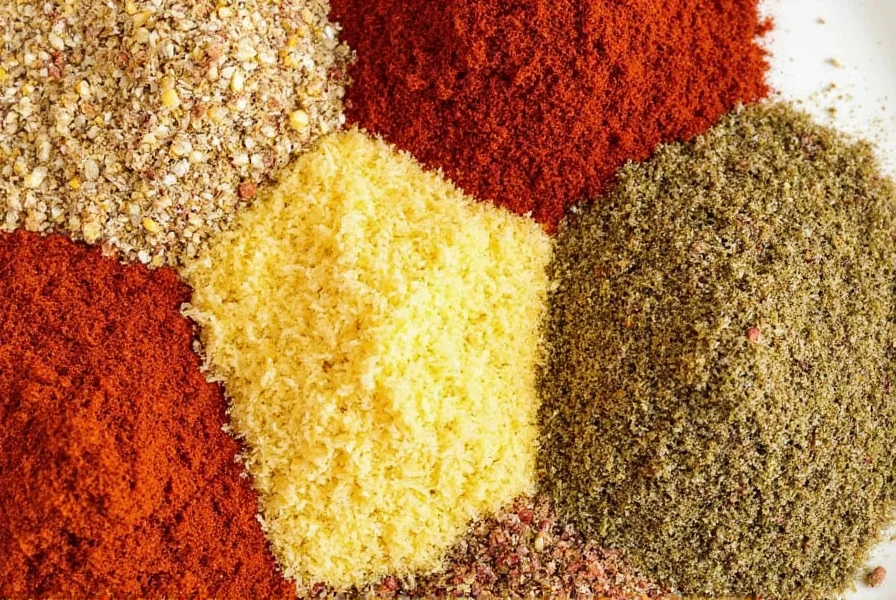
4. Dips and Sauces
Want to jazz up your dips or sauces? Try mixing a small amount of creole seasoning into ranch, sour cream, or even aioli. It gives your spreads a nice kick without overpowering the original flavor.
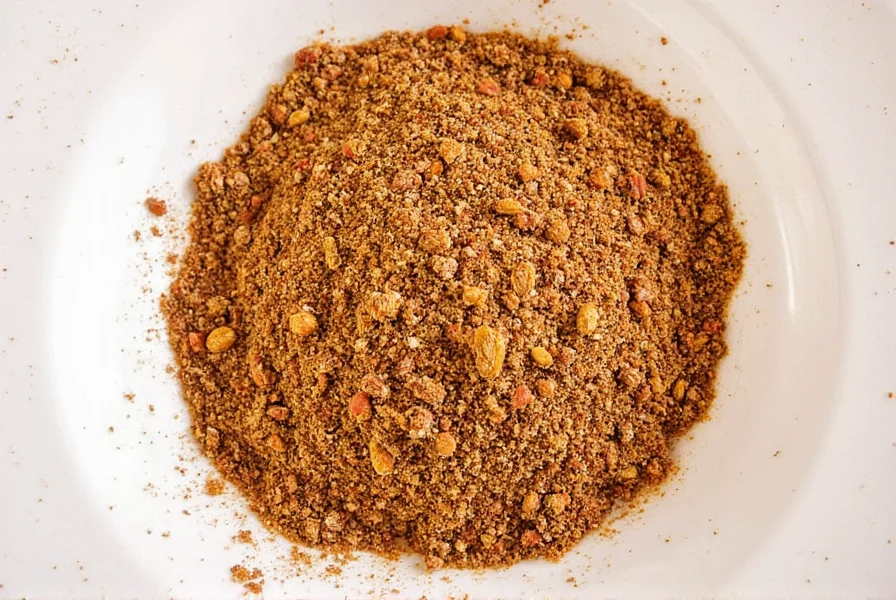
5. Snacks and Appetizers
Crunchy snacks like popcorn, chips, or pretzels can benefit from a sprinkle of creole seasoning. It turns a simple snack into something more exciting and flavorful. Just remember to start with a little and add more as needed.
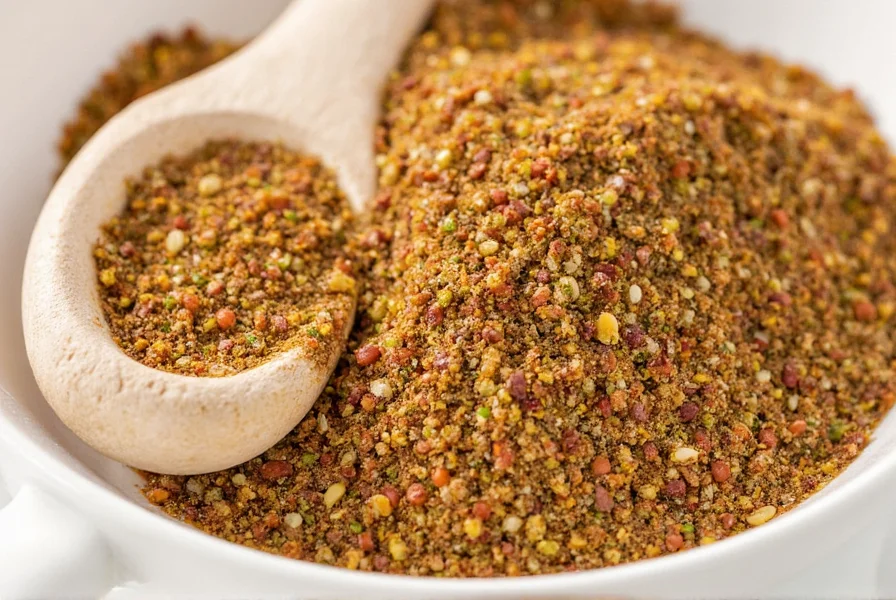
Practical Tips for Using Creole Seasoning
If you're new to using creole seasoning, these tips will help you make the most of it:
- Start Small: Creole seasoning can be quite potent, so begin with a teaspoon or less and adjust to taste.
- Use Fresh Ingredients: Pair your seasoning with fresh herbs, garlic, or onions for the best results.
- Experiment with Combinations: Mix it with other seasonings like cajun, chili powder, or even curry for a unique twist.
- Store Properly: Keep your creole seasoning in an airtight container away from heat and moisture to preserve its potency.
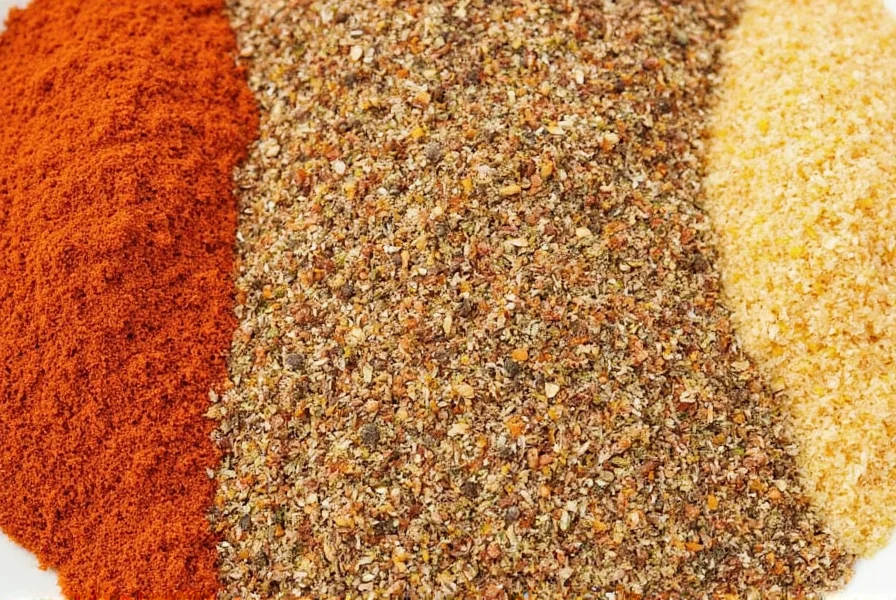
Another great tip: don't be afraid to get creative! Whether you're making a quick weeknight meal or preparing for a dinner party, creole seasoning can elevate any dish with minimal effort.
Buying Guide: Choosing the Right Creole Seasoning
| Brand | Features | Best For | Price Range |
|---|---|---|---|
| McCormick Creole Seasoning | Classic blend with paprika, garlic, and cayenne | Everyday cooking, family meals | $3–$5 |
| Morton's Creole Seasoning | Rich flavor with a hint of smokiness | Grilling, roasting, and sautéing | $4–$6 |
| Herbs & Spices Creole Seasoning | Organic and all-natural | Eco-conscious cooks, health-focused meals | $5–$7 |
| Spice Islands Creole Seasoning | More heat and bold flavor | Those who love a spicy kick | $3–$5 |
When choosing your creole seasoning, consider your taste preferences and the type of dishes you'll be making. Some people prefer a milder version, while others enjoy a more robust, fiery blend. For those who like to experiment, homemade creole seasoning is also an option. You can mix your own blend at home using the key ingredients listed earlier, giving you full control over the heat level and flavor profile.
Frequently Asked Questions
What is creole seasoning used for?
Creole seasoning is primarily used for seasoning grilled meats and seafood, enhancing soups and stews like gumbo and jambalaya, flavoring roasted vegetables, adding kick to dips and sauces, and seasoning snacks like popcorn. Its versatile blend works well with proteins, vegetables, and even in creative applications like spice rubs or compound butters.
How is creole seasoning different from cajun seasoning?
While similar, creole and cajun seasonings have distinct differences. Creole seasoning typically contains more herbs (like oregano and thyme) and often includes paprika, giving it a slightly more complex, herbal flavor profile. Cajun seasoning tends to be spicier with more emphasis on peppers and black pepper. Creole seasoning is associated with New Orleans city cooking with French and Spanish influences, while cajun seasoning comes from rural Louisiana with Acadian roots.
Can I use creole seasoning instead of cajun seasoning in recipes?
Yes, you can generally substitute creole seasoning for cajun seasoning and vice versa, but you'll need to adjust for flavor differences. Since cajun seasoning is typically spicier, you might need to add a bit more cayenne when substituting creole for cajun. Conversely, when using cajun seasoning where creole is called for, you might want to add a touch more herbs or paprika to balance the heat. For most recipes, a 1:1 substitution works fine for home cooking, with minor adjustments based on your personal heat tolerance.
How much creole seasoning should I use per pound of meat?
A good starting point is 1-2 teaspoons of creole seasoning per pound of meat. For more delicate proteins like fish or chicken, begin with 1 teaspoon and adjust to taste. For heartier meats like beef or pork, you can use up to 2 teaspoons. When making rubs, you might increase to 1 tablespoon per pound, especially if the seasoning is part of a larger dry rub mixture. Always remember that you can add more seasoning, but you can't take it away, so start conservatively and adjust as needed.
Is creole seasoning spicy?
Creole seasoning has a moderate level of heat from cayenne pepper, but it's not overwhelmingly spicy. The heat level can vary by brand, with some blends being quite mild and others more robust. The spiciness is balanced by other ingredients like paprika, garlic, and herbs, creating a complex flavor profile rather than pure heat. If you're sensitive to spice, look for "mild" versions or make your own blend with less cayenne. For those who prefer more heat, you can always add extra cayenne to your creole seasoning.
Can I make my own creole seasoning at home?
Absolutely! Making your own creole seasoning is simple and allows you to customize the flavor to your preferences. A basic homemade blend includes 2 tablespoons paprika, 2 tablespoons garlic powder, 2 tablespoons onion powder, 1 tablespoon dried oregano, 1 tablespoon dried thyme, 1 tablespoon cayenne pepper (adjust to taste), 1 tablespoon black pepper, and 1 tablespoon salt. Mix all ingredients thoroughly and store in an airtight container. You can adjust any ingredient to suit your taste—add more cayenne for heat, more herbs for complexity, or reduce the salt if needed.
Conclusion
Creole seasoning transforms simple dishes into bold Southern favorites. Its top uses include grilling meats and seafood, enhancing soups and stews, flavoring roasted vegetables, jazzing up dips and sauces, and adding excitement to snacks. With the right application and storage, this versatile blend becomes an essential kitchen staple for authentic flavor.
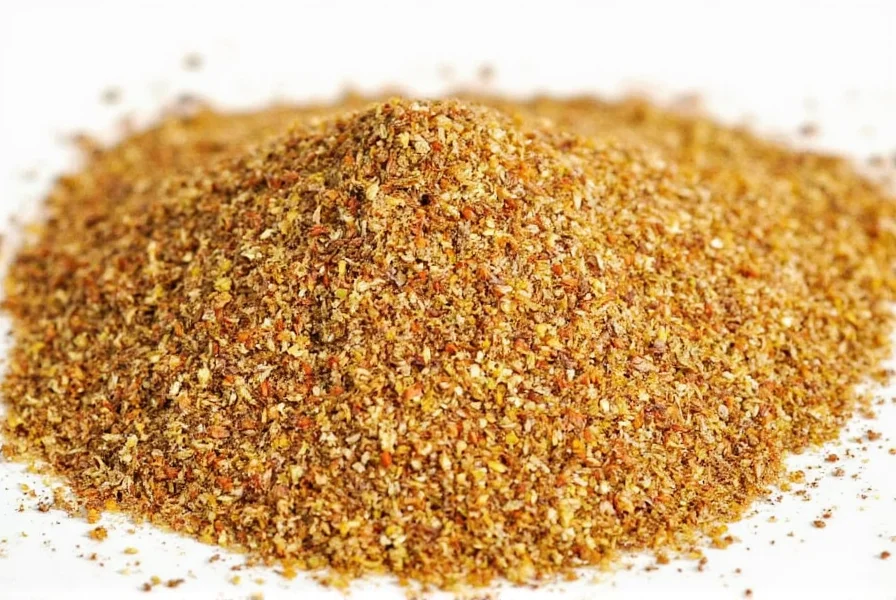

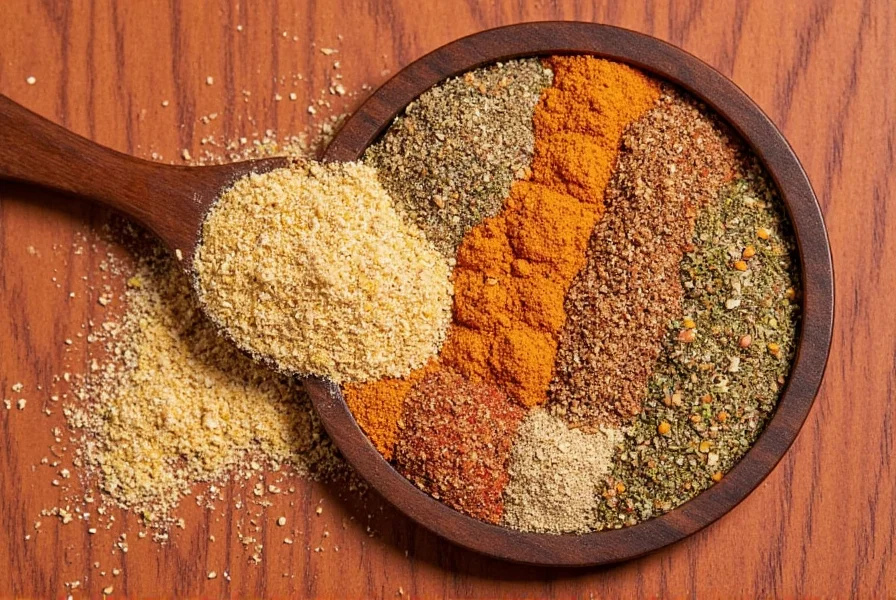









 浙公网安备
33010002000092号
浙公网安备
33010002000092号 浙B2-20120091-4
浙B2-20120091-4